The National Center for Computational Sciences began as the Center for Computational Sciences in 1992. Already, Oak Ridge National Laboratory recognized the power of high performance computing and computational simulation and began dedicating resources to the development of staff and facilities to support the supercomputing era. When Congress passed the Department of Energy High-End Computing Revitalization Act of 2004, which called for the establishment of leadership computing systems, ORNL submitted a proposal and became home to one of four, new DOE user facilities: The Oak Ridge Leadership Computing Facility, the Argonne Leadership Computing Facility; the National Energy Research Scientific Computing Center (NERSC), and the Energy Sciences Network (ESnet). The Center for Computational Sciences became the National Center for Computational Sciences, responsible for the management, deployment, and access of numerous high-performance computing systems at ORNL.
A Legacy of Excellence
The NCCS has grown from humble beginnings to deliver the most powerful systems ever seen. On the way, the program has helped researchers deliver practical breakthroughs and new scientific knowledge in climate, materials, nuclear science, and a wide range of other disciplines.
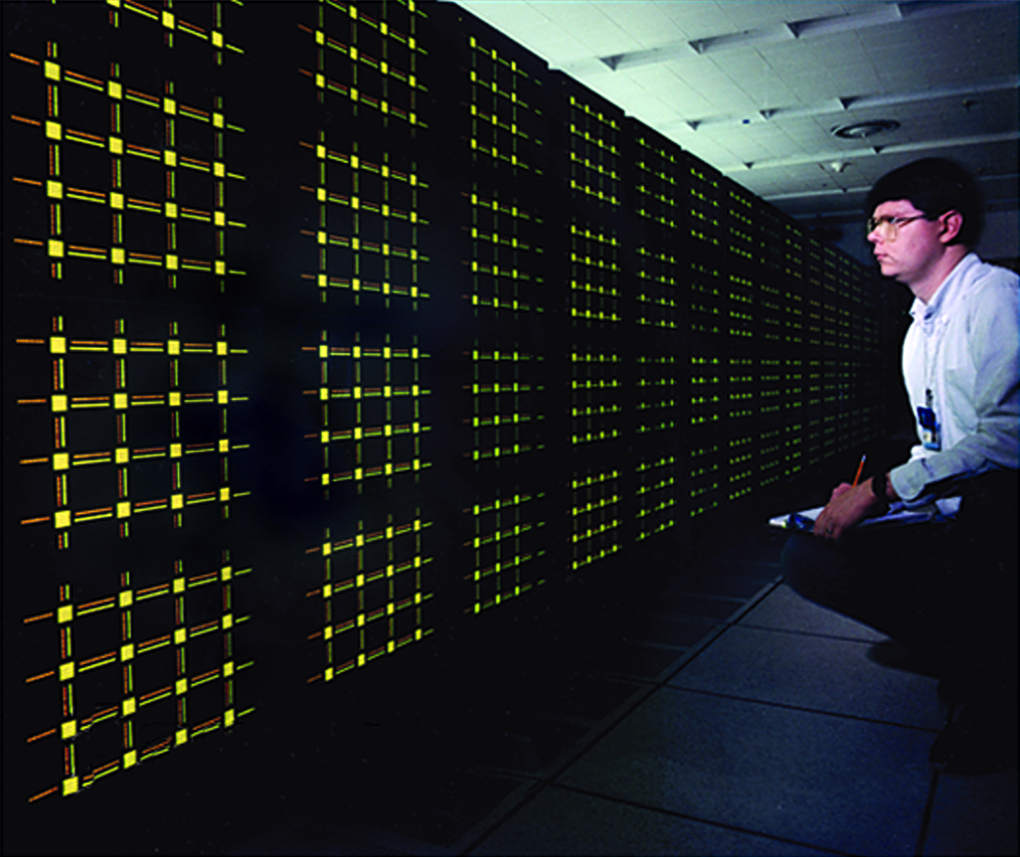


”The impacts made here, year after year, through scientific discoveries, technological advances, and the work of purpose-driven staff, continue to raise the value of HPC for solving some of the world’s toughest scientific and energy-related problems.
Jim HackNCCS Director 2007 - 2019
Notable Accomplishments
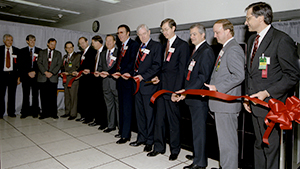
1992
ORNL establishes the Center for Computational Sciences (CCS) in May and receives a 66-processor Intel Paragon XP/S 5. The system has a peak performance of 5 gigaflops.

1995
The CCS debuts the Intel Paragon XP/S 150 system, which has 3,096 processors and a peak performance of 150 gigaflops. At the time, it is the fastest machine in the world and allows researchers to work on problems ranging from energy research to exploration of deep space.
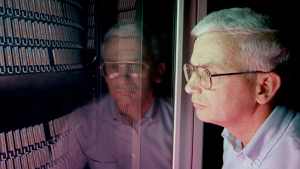
1998
CCS implements the High-Performance Storage System (HPSS), archival storage designed to manage the enormous amounts of data produced and used in high-performance computing.

2004
The Exploratory Visualization Environment for Research in Science and Technology (EVEREST) comes online. EVEREST helps scientists analyze and compare images and datasets, and later updates offer more detailed images and 3D capability.
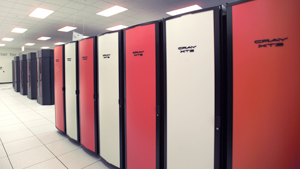
2004
The US Department of Energy (DOE) High-End Computing Revitalization Act of 2004 leads to the nation’s first leadership computing facility, The Oak Ridge Leadership Computing Facility (OLCF). In May, DOE announces that the OLCF will lead the project to build the world’s most powerful supercomputer.

2005
The OLCF debuts Jaguar, a Cray XT3 system with 3,748 processors that operates at a peak performance of 18 teraflops. A series of upgrades lead to Jaguar, now a Cray XT5 supercomputer, becoming the fastest supercomputer in the world in 2009. At the time, it is only the second computer in the world to break the petaflop barrier.
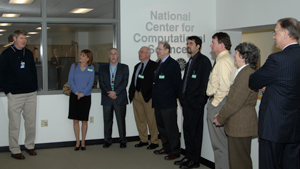
2008
CCS is renamed the National Center for Computational Sciences.

2012
The Cray XK7 Titan supercomputer is recognized as the #1 supercomputer in the world on the Top500 list. The system has 560,640 cores, achieves 17.59 petaflops, and operates at a peak performance of 27.1125 petaflops.
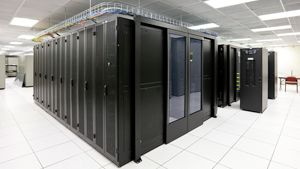
2014
ORNL establishes the Compute and Data Environment for Science (CADES) to make scalable computing, data analytics, and information management available to ORNL scientific staff.
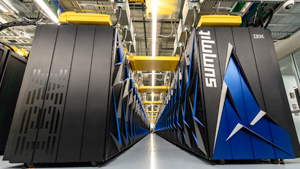
2018
The OLCF launches Summit, an IBM AC922 that delivers 8 times the computational performance of Titan. At a peak performance of 200 petaflops, the system is the second fastest supercomputer in the world and has been used for breakthrough research on the SARS-CoV-2 virus and quantum computing.
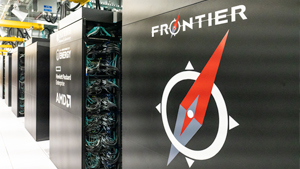
2022
The OLCF is standing up Frontier, which will be the nation’s first exascale supercomputer.